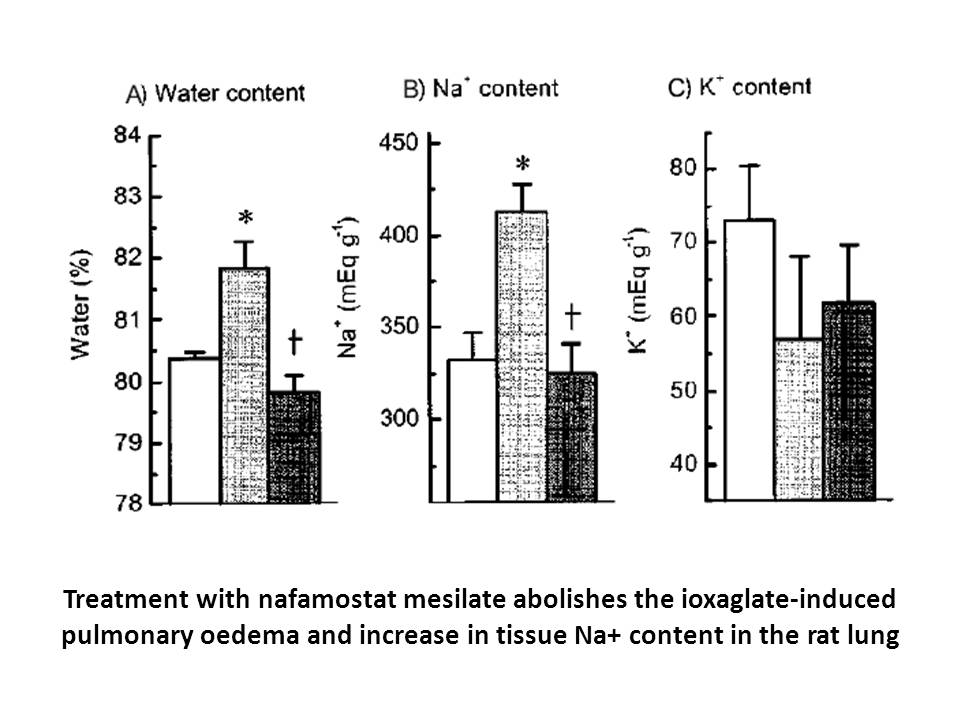Archives
The secretase complex comprises four core subunits presenili
The γ-secretase complex comprises four core subunits: presenilin (PS), nicastrin (NCT), anterior pharynx-defective 1 (Aph1), and presenilin enhancer 2 (Pen2) [7], [8]. PS is the catalytic subunit of γ-secretase, and many PS mutations associated with familial AD result in a high Aβ42/Aβ40 ratio [5]. PS has two homologues, PS1 and PS2, and Aph1 has two isoforms: Aph1a, with splicing variants Aph1aL and Aph1aS, and Aph1b. Because γ-secretase contains only one molecule of each subunit [9], at least six different γ-secretase complexes may occur in  vivo. The functional differences among these complexes are only partially known.
In this study, we examined some of the differences in function and substrate specificity of the γ-secretase complexes, using yeast as a model system [10], [11], [12] and human HEK293 cells. Because yeast lacks endogenous γ-secretase, we reconstituted purified human γ-secretases in yeast and compared their respective activities. Our data suggest that different combinations of PSs and Aph1s result in different γ-secretase functions.
vivo. The functional differences among these complexes are only partially known.
In this study, we examined some of the differences in function and substrate specificity of the γ-secretase complexes, using yeast as a model system [10], [11], [12] and human HEK293 cells. Because yeast lacks endogenous γ-secretase, we reconstituted purified human γ-secretases in yeast and compared their respective activities. Our data suggest that different combinations of PSs and Aph1s result in different γ-secretase functions.
Materials and methods
Results
Discussion
A number of studies have reported that different γ-secretases have different substrate specificities and/or functional differences [18], [24], [25]. To date, more than 90 γ-secretase substrates are known, including APP and Notch1 [26]. Thus, general γ-secretase inhibitors, such as DAPT and L-685,458, suppress production of Aβ, NICD and all other substrates. Since NICD is needed for cell differentiation and cell fate decision [27], inhibition of γ-secretase-induced NICD production causes severe side effects in vivo[28], [29], [30]. Recently, a phase III trial of a γ-secretase inhibitor, semagacestat, was terminated because of several adverse events, including U 73343 cancers and infections [31]. However, if different γ-secretases have different substrate specificities, it may be possible to develop a drug that inhibits a specific γ-secretase complex that cleaves APP but not Notch1. Therefore, it is important to evaluate the substrate specificities of the six different γ-secretases (PS1 or PS2 with Aph1aS or Aph1aL or Aph1b).
According to our Gal4 reporter assays, γ-secretase complex with PS2/Aph1b had a clear substrate specificity. When reconstituted in yeast, which does not express endogenous γ-secretase, all PS1 γ-secretases efficiently cleaved APP, whereas only PS2/Aph1b efficiently cleaved APP among PS2-containing complexes. In contrast, all of the PS1-, but none of the PS2-containing complexes cleaved Notch. Therefore, these results suggest that PS2/Aph1b γ-secretase cleaves APP, but not Notch. If this is the case in mammalian cells, then PS2/Aph1b γ-secretase may be an ideal therapeutic target, since the inhibition of this γ-secretase may suppress Aβ production without the severe side effects caused by inhibition of Notch signalling. However, our results in mammalian cells differed from those observed in the yeast Gal4 reporter assays. Here PS2/Aph1aS showed the lowest Notch-cleavage activity (see below). A possible reason for this discrepancy is that yeast lacks additional proteins which affect the γ-secretase function of Notch processing and Aβ production. Several γ-secretase-associated proteins, including GSAP [32], CD147 [33], and CNTNAP1, COX4I1, CNTN1, and SYP [34], do not exist in yeast. These proteins or other unknown binding proteins might regulate cleavage-efficiencies of γ-secretase substrates, or might regulate localization of enzyme and/or substrate.
Using HEK293 cells stably expressing single γ-secretase [18] (Fig. 2), we analysed Aβ production and Notch-cleavage by distinct γ-secretases. PS1/Aph1b γ-secretase showed a higher Aβ42(43)/Aβ40 compared to PS1/Aph1aL and PS1/Aph1aS γ-secretases, suggesting that Aph1b containing PS1 γ-secretases slightly shifts preference towards Aβ42(43), as reported previously [25]. The higher Aβ42(43)/Aβ40 ratio produced by PS1/Aph1b γ-secretase is thought to be caused by a “closed” conformation of PS1, which isn't observed in PS1/Aph1a γ-secretase [24]. Several PS1 FAD mutations, which result in higher Aβ42/Aβ40 ratio, are also reported to be in a “closed” conformation of PS1 [36]. In contrast, in PS2 γ-secretases the Aph1 isoform had no impact on the Aβ42(43)/Aβ40 ratio, suggesting that all PS2 γ-secretases are in a more “closed” conformation, irrespective of Aph1. Another explanation for the higher Aβ42(43)/Aβ40 ratio is the location of the enzymes because recent paper showed restricted location of PS2 γ-secretase, which is different from PS1, resulted in higher Aβ42/Aβ40 ratio [37]. We also checked whether conversion of Aβ43 to Aβ40 was affected by different PSs and Aph1s. Previous experiments using cell culture assays showed that PS2 γ-secretases produced a ∼1.5–2-fold greater Aβ40/Aβ43 ratio than did PS1 γ-secretases [25], implying that PS2 γ-secretases degrade Aβ43 to Aβ40 more efficiently than do PS1 γ-secretases. This tendency for accelerated processing of Aβ43 to Aβ40 in PS2 γ-secretases was also observed in our cell culture assay (Fig. 3f), at least in the case of PS2/Aph1b and, less pronounced, in PS2/Aph1aS complexes.